It’s a strange sensation to be sitting here reviewing Super Telescope: Mission to the Edge of the Universe (BBC Two).
The programme was timed to coincide with NASA’s release during the week of the spectacular first images from the James Webb Space Telescope.
Especially when the images themselves are redacted from the preview episode and, at time of writing, most hadn’t been publicly released.
What did it tell us?
Maybe they’d all come back with one of those sticky quality-control labels we used to get on our prints from the lab at Boot’s the chemist when we’d put our thumb in the way.
Anyway, on the assumption the unseen bits were spectacular, what did this Horizon special tell us about what will quite probably rank as the scientific achievement of the year?
First of all, that it’s the most expensive scientific instrument ever built.
Big numbers, big journey
This project, we were told, is the culmination of 30 years, £8 billion and over 10,000 scientists’ and engineers’ efforts.
Or rather, it’s the latest stage in a long and doubtless never-ending quest for science to keep expanding the threshold of our understanding of the universe.
Because the sense is that the latest scientific steps are merely a waypoint on the route to the next advances.
How things have changed
Had we turned on an episode of Horizon broadcast after the last months of 1995, in fact, we might have heard instead about the Hubble Deep Field.
That’s the tiny sector of space observed by the Hubble Space Telescope, previously the biggest telescope ever used.
Within it the faintest impression of thousands of galaxies could be seen.
As space scientist Maggie Aderin-Pocock explains, the further we can see, the further back in time we can see, because light takes so long to reach us.
So can we conceivably see far enough to see back to the very dawn of creation?
A thrilling tale
What a thrilling question to snare the viewer with. Perhaps we’ll never know within our lifetimes, or perhaps we saw the Big Bang this week.
Either way, the story of the James Webb Space Telescope – named after the man who led NASA during the 1960s – is a thrilling exploration of the attempt to try, told in as layperson terms as possible.
A “big telescope”, we discover, means a big main reflecting mirror.
Hubble’s was 2.4 metres across, but for the next generation of telescope, 6.5 metres is required. That’s wider than the largest rocket ever launched into space.
A mirror and a sun shade
The solution was to design an unfolding, motorised mirror made of smaller pieces, which automatically opens up outside Earth’s atmosphere and locks into space.
Meanwhile, a tennis court-sized sun shield opens up too, so the sun’s rays don’t interfere with the operation of the telescope.
A new polymer as thin as a human hair, but as strong as steel, was created for the job.
‘The first stars turning on’
As astronomer Michelle Thaller points out, the ultimate objective is to see “the first stars turning on”.
With direct access to those constructing the telescope – including beaming project director Greg Robinson.
The story of ‘Hubble on steroids’ was an astonishing voyage into the limits of our understanding.
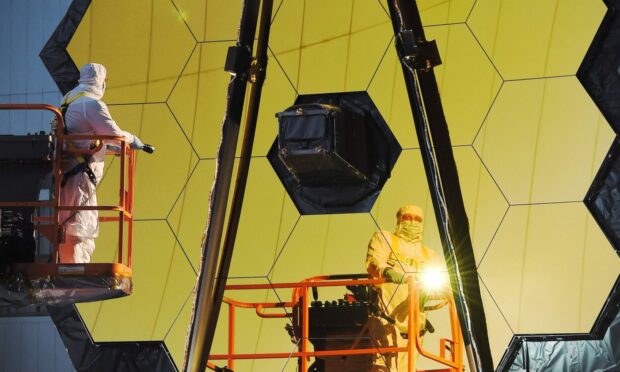
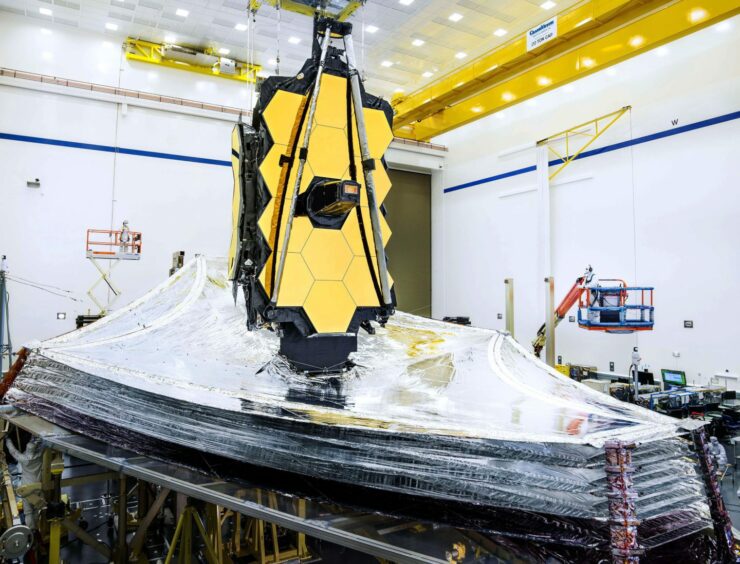
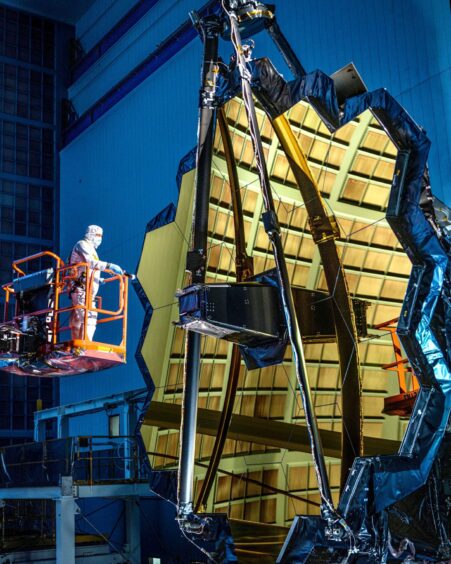
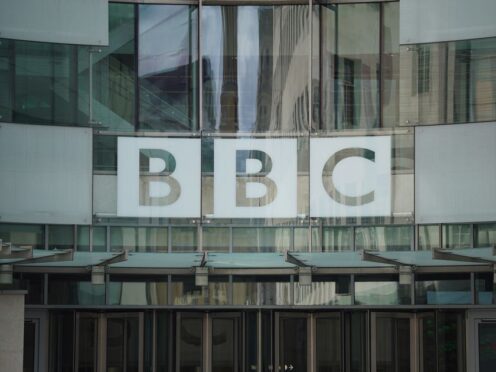

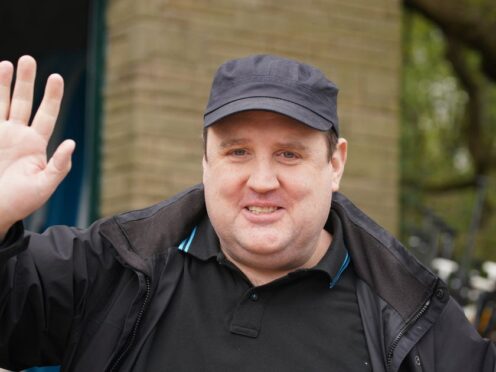

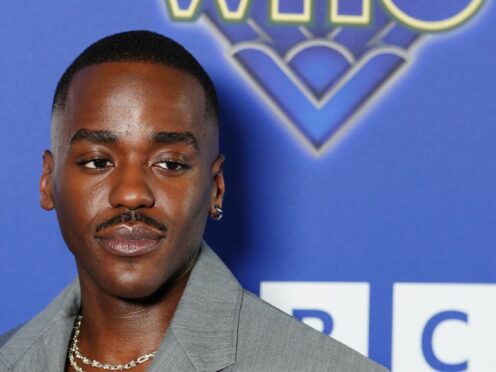
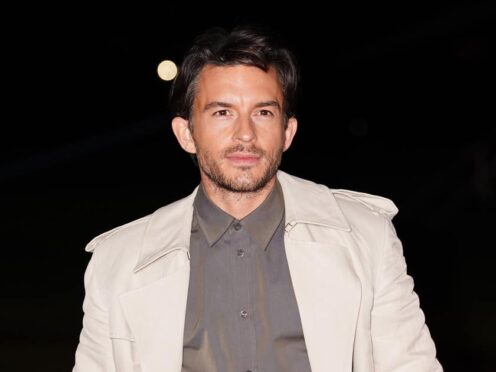


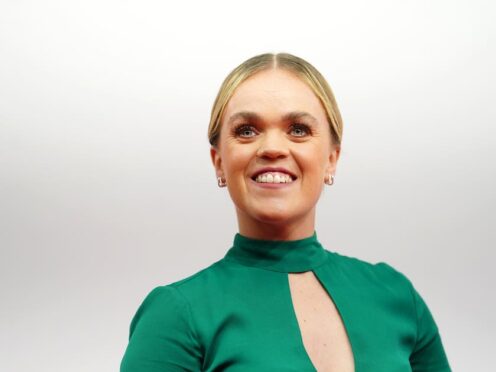
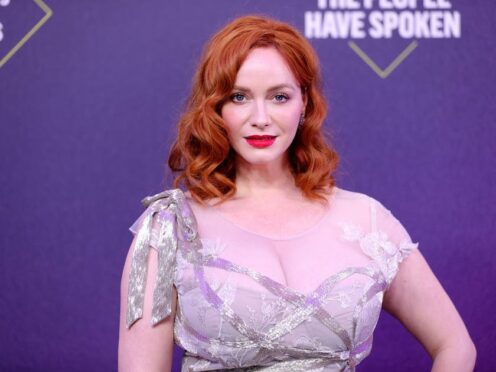
Conversation